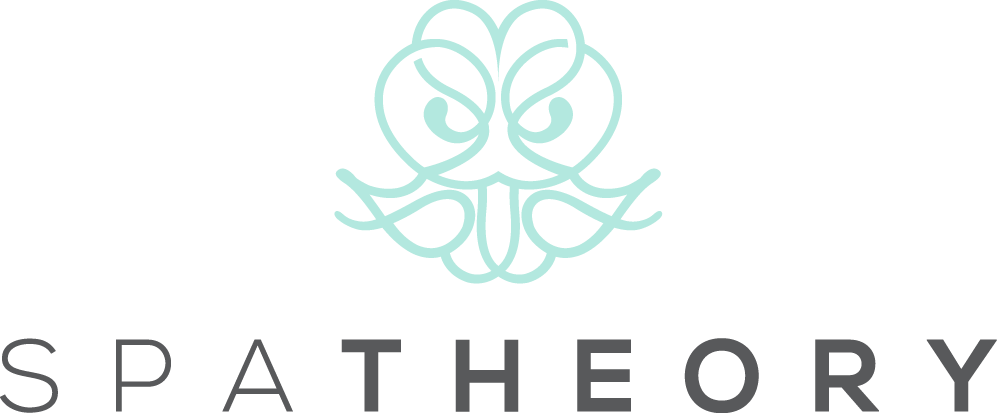Neuromuscular Massage vs Deep Tissue Massage: Understanding the Differences
If you’re looking for a massage that can both aid in relation while also addressing chronic pain, both neuromuscular massage and deep tissue massage are two great options. But what’s the difference between these two therapies, and which is best for you? Let’s take a look.
What is Massage?
Before we take a closer look at the specifics of neuromuscular and deep tissue massages, it's important for you to understand the basics of massage therapy - so what actually is it? At its core, massage involves manipulating the body's soft tissues - including muscles, connective tissues, tendons, and ligaments - using various techniques, which can help alleviate pain, reduce stress, improve circulation, and promote relaxation.
What is a Neuromuscular Massage?
Unlike a deep tissue massage - which tends to focus more on working the deeper muscle tissue to alleviate injury pain - neuromuscular massage focuses on relieving pain and dysfunction originating from specific areas in the muscles, and is often used in conjunction with trigger point therapy. Neuromuscular massage techniques involve applying concentrated pressure on "trigger points" or tender areas in the muscles that are causing pain and discomfort, as these points can often “refer pain” to other parts of the body.
Note: Referred pain is a term used to describe pain that presents itself in one area of the body, but actually originates elsewhere. For example, those with chronic headaches might experience referred pain in their shoulders and neck, or vice versa.
Benefits of Neuromuscular Massage
So, if you’re looking to find your next best in-home massage, what are the benefits of a neuromuscular massage? Here are just a few:
Pain Relief
As this type of massage therapy targets trigger points, neuromuscular massage can help alleviate both localized and referred pain. This can thus help in improving symptoms of chronic pain conditions linked to poor posture, movement injuries, strain and nerve compression.
Improved Flexibility
This massage technique helps in loosening tight muscles, thereby enhancing flexibility and range of motion. This enhanced flexibility can also make it easier for patients to accompany massage therapy with effective physical therapy, without having to endure pain.
In short, neuromuscular massage is particularly beneficial for individuals experiencing chronic pain, muscle injuries, and conditions like fibromyalgia or TMJ. That being said, it's a specialized form of massage therapy, meaning it requires a skilled therapist who can accurately identify and treat the affected trigger points without incurring further pain or intense discomfort.
What is a Deep Tissue Massage?
Deep tissue massage, as the name suggests, involves applying firm pressure and slow strokes to reach deeper layers of muscle and fascia (the connective tissue surrounding muscles). This type of massage is slightly similar to Swedish massage but is performed with deeper pressure, making it highly effective in treating chronic muscle tension and knots.
The primary goal of deep tissue massage is to break up scar tissue and physically break down muscle "knots" or adhesions (bands of painful, rigid tissue) that can disrupt circulation, in turn causing pain, a limited range of motion, and inflammation. Unlike a neuromuscular massage, a deep tissue massage doesn’t use trigger point therapy, instead focusing on the deeper tissues in the larger muscles.
Key Differences Between Neuromuscular and Deep Tissue Massage
So, what are the key differences between these two types of massage therapy? Here’s a breakdown:
Technique
As we mentioned above, neuromuscular massage targets specific trigger points and areas of muscle tension, focusing on the interaction between the nervous system and muscles. In contrast, deep tissue massage works across the whole muscle area, reaching deeper layers of muscle tissue and fascia to relieve knots and the pain associated with them.
Pressure and Intensity
Neuromuscular massage involves varying pressures at specific points, while deep tissue massage generally uses more consistent and firmer pressure throughout the session. While it’s not as gentle as a Swedish massage, a deep tissue massage still uses similar techniques - simply with a lot more intensity and pressure.
Intended Purpose
These massages also differ when it comes to intended purpose and outcomes: neuromuscular therapy is often sought for pain management, and used to address specific conditions like sciatica or TMJ disorders, while deep tissue massage is typically used for chronic muscle tension and promote recovery from physical injuries (for example, sports injuries).
Pain Relief
Finally, while both techniques are effective for pain relief, a neuromuscular massage is more focused on resolving pain caused by neural miscommunication within the muscles (a term we referred to earlier as “referred pain”) whereas a deep tissue massage directly addresses pain stemming from muscle strain and tension.
FAQs
Which is more painful: neuromuscular or deep tissue massage?
Pain levels can vary depending on individual tolerance, but deep tissue massage is generally considered more intense due to the deeper pressure applied.
How often should I get a neuromuscular or deep tissue massage?
This depends on your own individual needs and conditions; some might benefit from weekly sessions, while others may need them less frequently. A professional therapist can provide personalized recommendations based on your physical and medical profile.
Can these massages help with headaches?
Yes, both neuromuscular and deep tissue massages can help alleviate tension headaches and migraines by relieving muscle tension (for example, in the shoulders and neck) and improving circulation.
Are there any conditions where these massages should be avoided?
If you have any acute conditions including skin injuries, skin infections, or certain cardiovascular conditions, you may not be suitable for these types of massages. Always consult with a healthcare provider before starting any massage therapy.


